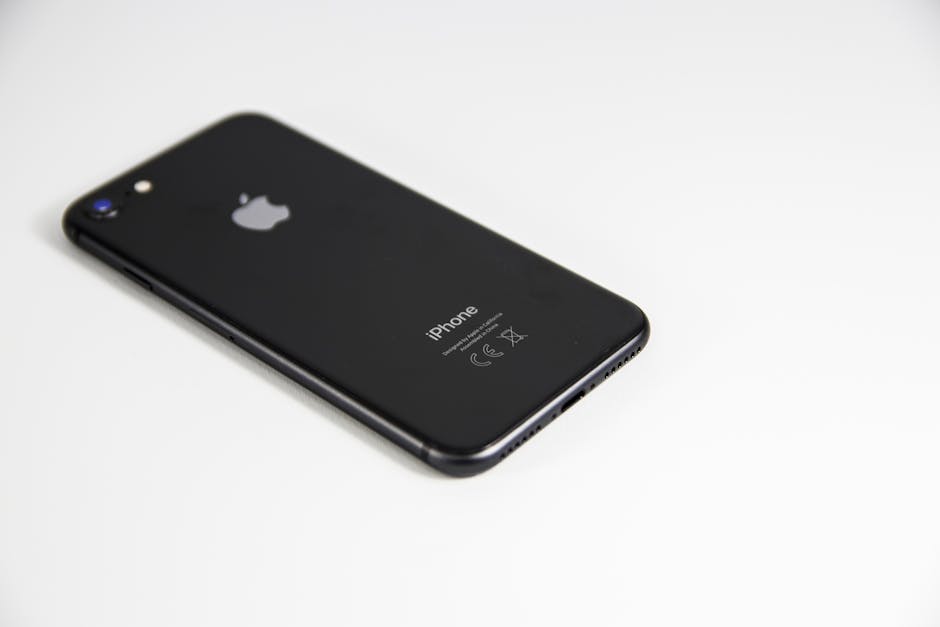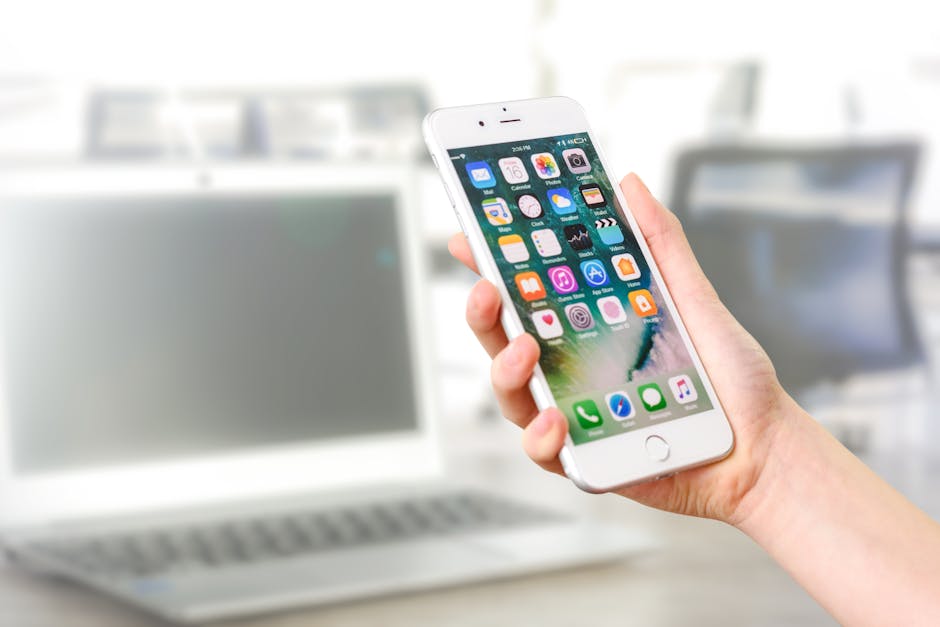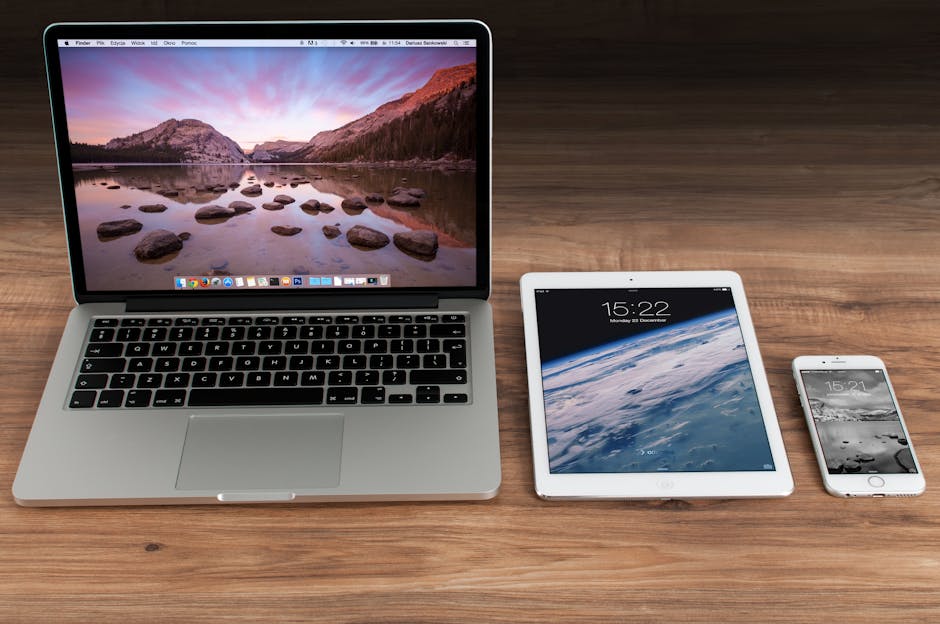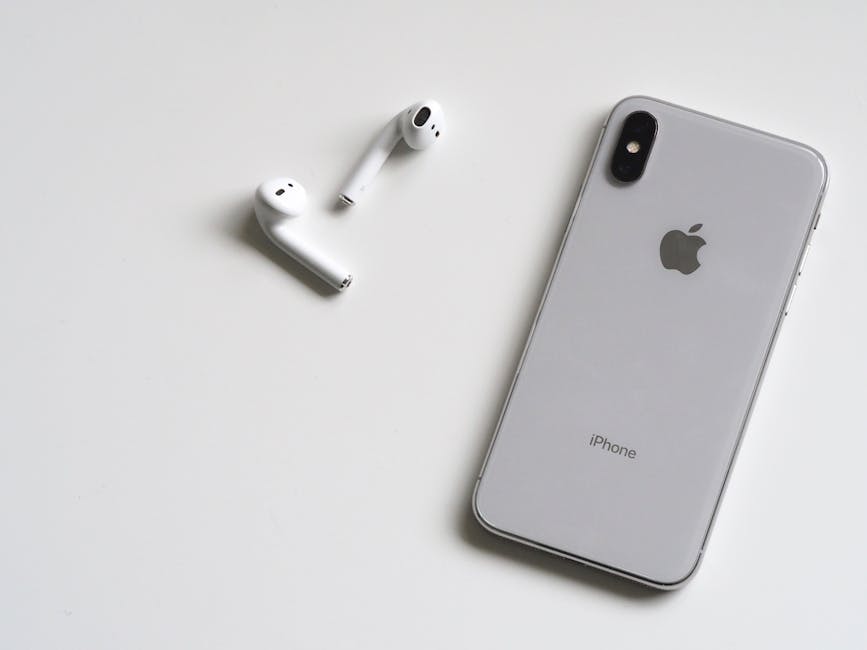Learning how to screenshot on Android is an essential skill for capturing important information, sharing funny moments, or documenting app issues on your smartphone or tablet. This guide provides various methods to take screenshots, depending on your Android device’s manufacturer and Android version. Let’s explore the different techniques available to you.
Taking a screenshot on your Android device is a simple process once you know the correct method. There are several ways to capture your screen, from button combinations to gesture controls and even using Google Assistant. We’ll cover them all in this guide.
Method 1: The Power and Volume Down Button Combination
This is the most common and universally recognized method for capturing a screenshot on Android devices. It works across a vast majority of phones and tablets, regardless of the manufacturer or Android version.
Here’s how to use this method:
- Navigate to the screen you want to capture.
- Press and hold the Power button and the Volume Down button simultaneously.
- Hold the buttons for one to two seconds.
- You should see a visual cue, such as a screen flash or animation, accompanied by a shutter sound (if your sound is on). [EXTERNAL: Android Authority screenshot guide]
- A notification will appear indicating that the screenshot has been saved to your gallery.
If you don’t get the screenshot, try pressing the buttons for a slightly shorter or longer duration. Sometimes, holding them for too long can trigger other actions, like turning off the device. Some devices may offer a preview of the screenshot that you can immediately edit or share.
Method 2: Using Gesture Controls (Android 11 and Later)
Many modern Android devices, particularly those running Android 11 and later, offer gesture-based screenshot options. These gestures can be more convenient than button combinations, especially on larger devices. The availability and specific gestures vary depending on the manufacturer.
Here are a few examples of gesture controls for taking screenshots:
Palm Swipe (Samsung): On Samsung devices, you can swipe the edge of your palm across the screen to capture a screenshot. This feature needs to be enabled in the settings. Go to Settings > Advanced features > Motions and gestures and toggle on Palm swipe to capture. Knuckle Swipe (Huawei): Huawei devices sometimes use a double-knuckle tap or drawing a shape with your knuckle on the screen to trigger a screenshot. Check your device’s manual or settings for specific instructions. Three-Finger Swipe Down: Some Android devices allow you to take a screenshot by swiping down on the screen with three fingers. This feature may be enabled in the settings under Gestures or Advanced features*.
To use gesture controls, ensure the feature is enabled in your device’s settings. Then, simply perform the gesture on the screen you want to capture. The screenshot will be saved to your gallery.
Method 3: How to Take a Screenshot on Android Using Google Assistant
Google Assistant offers a hands-free way to take screenshots on your Android device. This method is particularly useful when your hands are occupied or if you have accessibility needs.
Follow these steps to capture a screenshot with Google Assistant:
- Activate Google Assistant by saying “Hey Google” or “OK Google,” or by using the gesture assigned to Google Assistant.
- Once Google Assistant is active, say “Take a screenshot.”
- Google Assistant will capture the screen and display a preview.
- You can then choose to share the screenshot directly from the Assistant interface or find it later in your gallery.
This method is a convenient alternative to button combinations and gesture controls. It’s especially helpful when you need to take a screenshot quickly without physically touching your device.
Method 4: Using the Screenshot Button in the Quick Settings Panel
Some Android devices offer a dedicated screenshot button in the Quick Settings panel. This panel is accessible by swiping down from the top of the screen.
To take a screenshot using this method:
- Navigate to the screen you want to capture.
- Swipe down from the top of the screen to open the Quick Settings panel.
- Look for a “Screenshot” or “Capture Screen” button. If you don’t see it, you may need to edit the Quick Settings panel to add the button.
- Tap the “Screenshot” button.
- The screen will be captured, and the screenshot will be saved to your gallery.
This method is another easy way to take a screenshot without using button combinations or gestures. It’s particularly useful if you frequently take screenshots and want a quick and accessible option.
Method 5: How to Take a Scrolling Screenshot on Android
Many Android devices now offer the ability to take scrolling screenshots, which capture an entire webpage or conversation, even if it extends beyond the visible screen. This feature is extremely useful for saving long articles, chat logs, or social media feeds.
The process for taking a scrolling screenshot varies slightly depending on the device manufacturer. However, the general steps are as follows:
- Take a regular screenshot using one of the methods described above (Power and Volume Down, gesture, etc.).
- After taking the screenshot, a small preview will appear, often with additional options.
- Look for an option labeled “Scroll,” “Capture More,” or something similar.
- Tap the “Scroll” button.
- The screen will automatically scroll down, capturing more of the content. You can usually manually stop the scrolling or let it continue until the end of the page.
- Once you’ve captured the desired content, tap the “Done” or “Save” button.
- The scrolling screenshot will be saved as a single image in your gallery. [EXTERNAL: Google Support – Take a screenshot]
If you don’t see the scrolling screenshot option, your device may not support this feature, or it may be located in a different place in the interface. Check your device’s manual or online resources for specific instructions.
How to Capture Full Page Screenshots on Android
Not all Android devices have a built-in scrolling screenshot feature. If your phone lacks this functionality, you can use third-party apps from the Google Play Store to capture full-page screenshots. These apps typically work by stitching together multiple screenshots to create a single, long image. Some apps require root access, so be sure to read the app description before downloading. [INTERNAL: Android accessibility features]
Where to Find Your Screenshots
By default, screenshots taken on Android devices are saved to the “Screenshots” folder in your device’s gallery or Photos app.
To access your screenshots:
- Open the Gallery app or Photos app on your device.
- Look for a folder labeled “Screenshots.”
- All of your captured screenshots will be located in this folder.
In some cases, screenshots may be saved to the “DCIM” folder, which is the default location for camera images. If you can’t find the “Screenshots” folder, check the “DCIM” folder or use the file manager to search for files with the “.png” extension (the standard format for screenshots).
Additional Sources and References
Editing and Sharing Screenshots
Once you’ve taken a screenshot, you can easily edit and share it directly from your device.
To edit a screenshot:
- Open the screenshot in the Gallery app or Photos app.
- Tap the “Edit” button (usually represented by a pencil icon).
- You can then crop, rotate, add text, draw, or apply filters to the screenshot.
- When you’re finished editing, tap the “Save” button.
To share a screenshot:
- Open the screenshot in the Gallery app or Photos app.
- Tap the “Share” button (usually represented by three connected dots).
- Choose the app you want to use to share the screenshot (e.g., email, messaging app, social media).
- Follow the prompts to send or post the screenshot.
Taking a screenshot on Android is a simple yet powerful tool. Whether you’re capturing funny memes, documenting important information, or sharing app issues, mastering these techniques will enhance your Android experience. With practice, you’ll be able to quickly and easily capture your screen in any situation. So next time you need to capture something on your phone, you’ll know exactly how to screenshot on Android. Now go forth and capture! [INTERNAL: Android tips and tricks]






